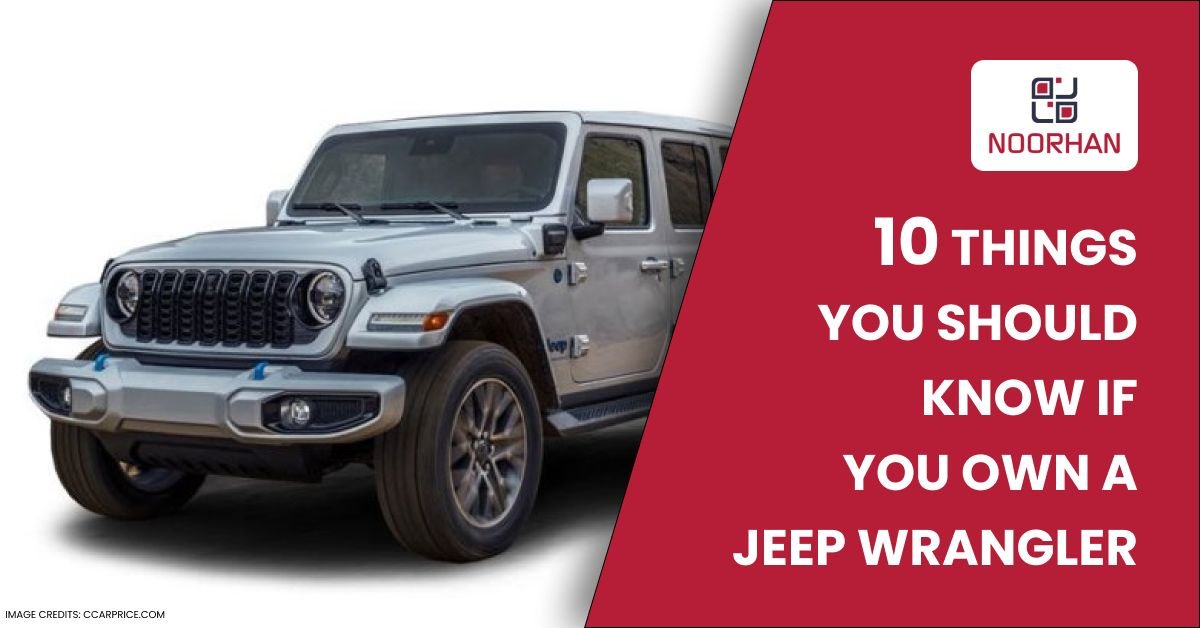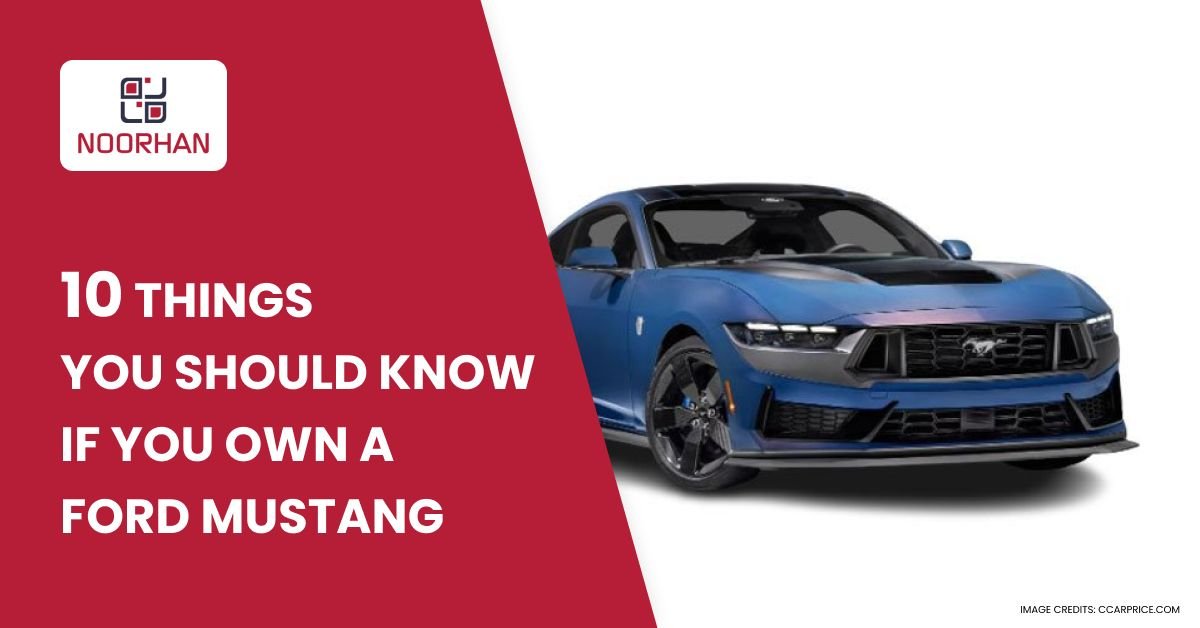History of Mazda
In 2015, Mazda made 1.5 million cars that sold worldwide. It was also the fifteenth largest carmaker in the world regarding how many vehicles it produced.
But Mazda has had a challenging time of it. The company that makes cars has had its ups and downs. In this piece, we look at the history of Japanese automakers and how they became the company we know and love today.
Mazda's car history:
When the company was just starting founded in 1920, it made cork. Mazda, then known as the Toyo Kogyo Co., Ltd., produced its first car, a tricycle truck called the “Mazda-go,” in 1931. Jujiro Matsuda, the second president of Toyo Kogyo and one of its key founders, and other influential people debated the name of the tricycle.
Because of World War II, Mazda didn’t produce its second automobile until 1958, when it debuted the Romper, a four-wheeled light truck. Mazda added new vehicles to its inventory every few years after that, but only a few times.
Mazda was influenced by the NSU Ro 80, a four-door automobile with a front-mounted engine sold and manufactured by West German automaker NSU in the 1960s. As a result, Mazda invested significantly in the development of the Wankel rotary engine. This was done to distinguish the company from other Japanese automakers on the market.
In 1967, the firm partnered with NSU to produce Cosmo Sports in limited numbers. As proven by the Pro Mazda Championship lineup, Mazda is the only carmaker that still manufactures Wankel-type engines for vehicles. NSU and other firms stopped producing engines identical to Wankel’s around 1970. General Motors even attempted to install the engine in a prototype Corvette, but the vehicle was never driven.
Mazda Motor of America was founded in 1971, at which point the automaker legitimately started shipping vehicles to the United States from Japan. By 1979, over a million Mazda cars had been shipped to the Americas.
Mazda Motors Manufacturing was founded in the United States in 1985, and the Mazda R&D Center followed suit in Ann Arbor, Michigan the following year. The first unit went into production in the United States in 1987. When Mazda unveiled the MX-5 Roadster in September 1989, it was a major step forward for the automaker. Success met its launch in the North American market.
In the 1990s, Ford was able to increase its market share once again. Again, Mazda’s financial situation deteriorated. In May of 1996, they increased their stake to 33.4%, giving them control of the company. Henry Wallace, after becoming president, made significant changes. The Asian financial crisis that started in 1997 played a role.
In 2008, the global financial system collapsed. It was reported that Ford was considering exiting Mazda. Ford said in November 2008 that they will relinquish business control by reducing their stake to 13.4%. They repurchased 6.8% of Mazda’s stock.
Ford reduced its stake in Mazda even further in 2010, and today owns only 3% of the company. Ford sold the last of their Mazda stock in 2015.
Mazda's future:
The Mazda Motor Corporation stated today that it will update its mid-term management plan and policy through 2030.
The announcement showed that Mazda is doing something good to deal with the high level of uncertainty in the business world and is recommitting to becoming carbon neutral in all of its activities by 2050.
In the last few years, the environment in which automakers work has changed a lot. This is especially true in Europe, where the number of electric goods and the rules accompanying them have grown.
Mazda came up with a three-step plan for 2030 so that it could react to these changes flexibly.
Under the multi-solution method, the rate of electrification is sped up.
From now until 2024, the company will work on making itself more resistant to environmental changes by putting more effort into improving technology development, supply lines, and efforts to cut costs. During this time, Mazda will continue to speed up the electrification of its fleet by releasing appealing goods that meet the rules in each market. This will be done by putting the Mazda Multi-Solution approach into action.
In Europe, they are very proud of how well the Mazda MX-30 BEV has done, how well the recently released Mazda CX-60 PHEV has sold (over 20,000 units), and how the Mazda MX-30 R-EV and other electric cars, like the three-row Mazda CX-80, will do when they come out next year.
Change over to electric power:
As regulations become stricter, particularly in Europe, between 2025 and 2027, Mazda will continue to produce the necessary components to transition to electric vehicles. This will entail the improvement and application of Mazda’s numerous electrification and manufacturing technologies and the global launch of new battery-electric cars.
Strategic Agreements to Boost the Introduction of BEVs by 2030. This modification will be implemented during the third phase, which will continue until 2030.
Mazda will transition to electric vehicles by collaborating with companies from various industries. During the show, it announced that Mazda and its partners had agreed to develop and manufacture highly efficient electric drive units in collaboration.
Mazda has established a joint venture company to construct a structure for mass-producing and selling electric drive units and advance the necessary cutting-edge technologies. This is the company’s initial step to electrifying all of its models by 2030.
The MC management also said they had signed a joint development agreement for developing inverters, including silicon carbide semiconductors, and a joint development agreement for advanced motor technologies. They have also set up a joint venture company with two other companies to learn and develop motor technology.
Mazda will continue to get batteries from the companies it works with. Mazda just made a deal with Envision AESC to buy batteries for electric cars made in Japan. This is in addition to their existing sources. In the middle term, when more battery-electric models will be coming out, Mazda will think about ways to spend on battery production.
As they continue improving their goods, Mazda will make them safer by working on human-centered advanced driver assistance technology. By 2040, they hope no new Mazda will cause a fatal accident.
Conclusion:
You can learn about Mazda’s long past and the big steps forward in-car technology. At the old tram station in Senkelbach, Augsburg, Frey’s Mazda Classic Car Museum will take you into the world of the Japanese car company. See about 50 beautifully restored cars, learn a lot, and eat at a special restaurant. Worth going!
FAQs (Frequently Asked Questions)
How long do most Mazdas stay in good shape?
With proper care and maintenance, the most dependable Mazda models can travel between 200,000 and 250,000 miles over a decade. But the life span of one Mazda model can be different from that of another.
Why would you want a Mazda?
“Celebrate Driving” is the essence of the Mazda brand. Mazda’s “Celebrate Driving” campaign is not just about how well a car drives.
Is Mazda easy to take care of?
It costs less to fix a Mazda model than the average replacement cost for all cars. The average price will be different depending on how often your vehicle needs repairs.
What does Mazda do best?
Mazda has become one of the best companies in the world by making sporty and fuel-efficient cars. They are best known for their rotary engine technology.
How do people rate Mazda cars?
Consumer Reports says that Mazda is the most trustworthy car name on the market. With a score of 83, Mazda is the best. Then came Toyota, with a score of 74, Lexus, with a score of 71, and Honda, with a score of 63.
Where can you buy Mazda Spare Parts in Dubai?
Mazda Spare Parts are available at different suppliers and dealers of auto spare parts in Dubai. Noorhan is amongst the leading brands that deal with genuine auto spare parts and aftermarket parts for different car brands, including BMW, Mercedes, Audi, Porsche, Honda, Toyota, Nissan, Mazda, Jeep, Ford, and other Japanese, European, American, Korean, luxury cars brand.
If you’re looking to replace your Mazda spare parts with high-quality aftermarket parts in Dubai, Noorhan can help you.



























































